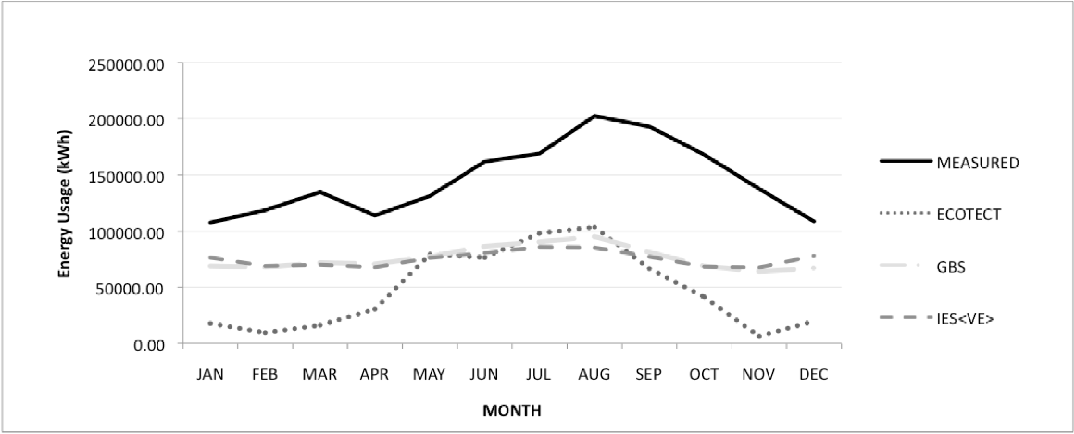

- #IES VE MODEL BUILDING HOW TO#
- #IES VE MODEL BUILDING PDF#
- #IES VE MODEL BUILDING SOFTWARE#
- #IES VE MODEL BUILDING WINDOWS#
To check, in the same window, if you select the new material under ‘assigned construction types’ the windows should now appear red in the preview.


Create your construction in this window – each row in the table is one layer of material, outside to inside.On the new one (probably coloured purple), right click and select Edit construction.Right-click on a similar construction and select Duplicate Construction

#IES VE MODEL BUILDING SOFTWARE#
However as thermal modelling software and building regulations do not take account of thermal comfort in relation to draughts any energy input to mitigate cold draughts does not need to be included. To accurately model conventional natural ventilation systems, preheating at the low level openings would have to be incorporated. Instead we operate in ‘mixing mode’ where we bring in air at high level and mix it with warm room air to create a tempered air stream which is comfortable for occupants. The main advantage of the e-stack system over other natural ventilation systems is that in the winter, we do not bring in air via opening windows, as this requires a large amount of preheating energy. If you have any queries whilst modelling your building with e-stacks please contact Breathing Buildings directly and we will be happy to help! The e-stack difference For advice not covered within these guides, please contact the Breathing Buildings office, or speak to EDSL directly. These can be downloaded from the Downloads box on the right hand side of this page.
#IES VE MODEL BUILDING PDF#
We have provided a set of PDF user guides on modelling e-stack natural ventilation systems in EDSL TAS software.
#IES VE MODEL BUILDING HOW TO#
Instructions on how to model the different ventilation profiles are also available to download and the profiles themselves are embedded in the. Different geometry is provided for the e-stack R-Series, S1200 and S1500 units. The geometry of our roof mounted stacks is available as a. Users of other dynamic thermal modelling tools can contact breathing Buildings directly for modelling instructions. The following instructions are for those modelling e-stack ventilation systems using IES-VE or EDSL’s TAS software, they are suitable for use primarily for overheating modelling, but also Part L compliance modelling.


 0 kommentar(er)
0 kommentar(er)
